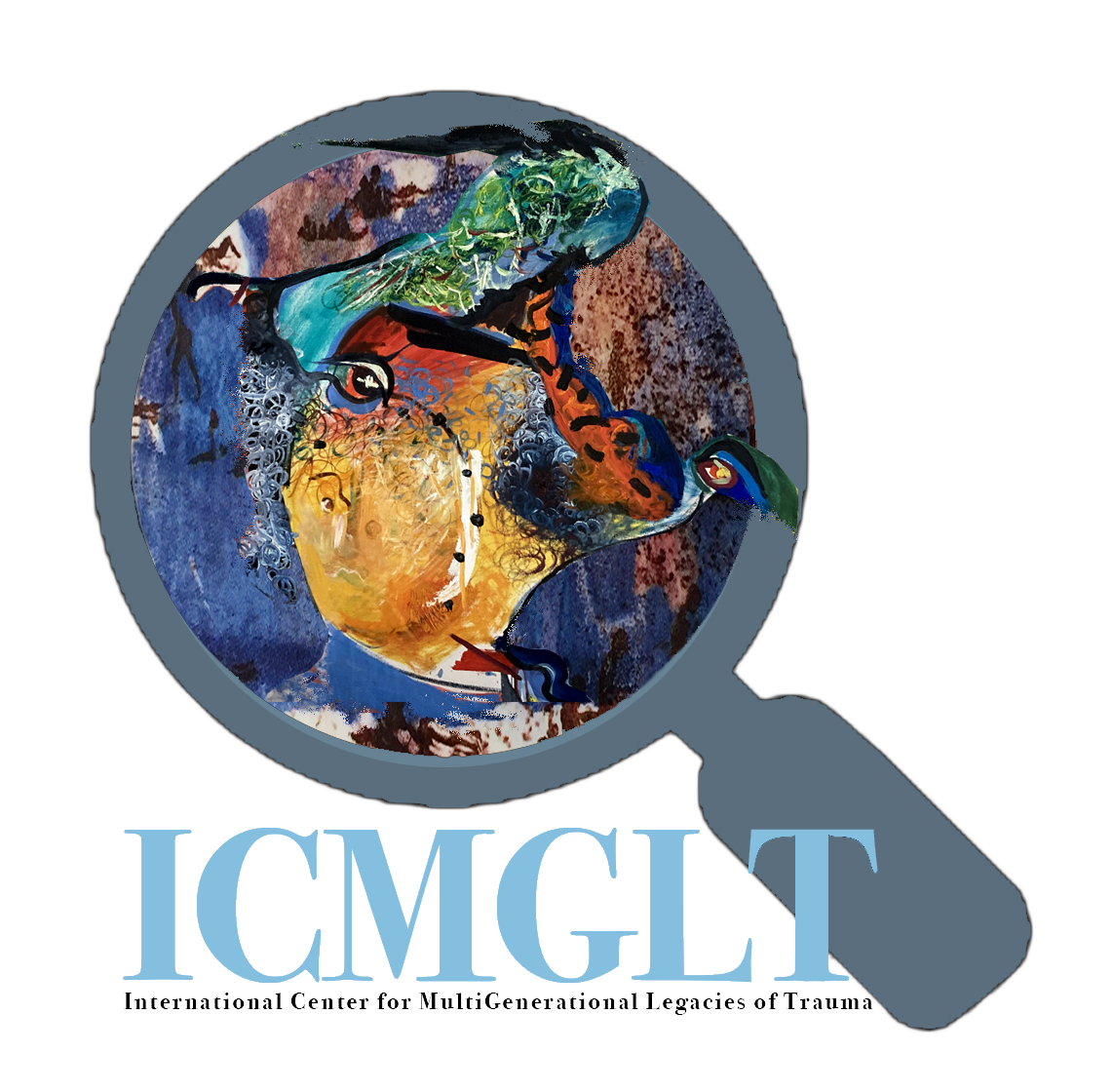https://www.nature.com/articles/s41598-023-44300-6.pdf
Rzeszutek, M., Dragan, M., Lis-Turlejska, M., Schier, K., Holas, P., Pięta, M., … & Szumiał, S. (2023). Long-lasting effects of World War II trauma on PTSD symptoms and embodiment levels in a national sample of Poles. Scientific reports, 13(1), 17222.
| The main aim of this study was to investigate the long‐lasting influences of World War II (WWII) trauma in a national sample of Poles, based on Danieli’s (1998) survivors’ post‐trauma adaptational styles (fighter, numb, victim) and their link with current post‐traumatic stress disorder (PTSD) symptoms and embodiment level among participants. We also sought to investigate whether the level of knowledge about WWII trauma among ancestors could moderate that association. The study was conducted among a representative sample of 1598 adult Poles obtained from an external company. Participants filled out the Danieli Inventory of Multigenerational Legacies of Trauma, the knowledge about traumatic World War II experiences in the family questionnaire, the Posttraumatic Diagnostic Scale‐5, and the Experience of Embodiment Scale. We observed a positive relationship between all survivors’ post‐trauma adaptational styles and current levels of PTSD symptoms among participants. In addition, PTSD level mediated the relationships between those adaptational styles and embodiment intensity; that mediation was additionally moderated by a lack of knowledge about WWII trauma among ancestors in our participants. Our study adds to the literature on intergenerational trauma by highlighting the importance of evaluating embodiment in understanding the mechanisms of trauma transmission. Furthermore, it highlights the moderating effect of knowledge of family history in this mechanism and the need to share family histories with subsequent generations. It has been more than half a century since Rakoff et al.1 observed the problem of intergenerational trauma among descendants of Holocaust survivors who did not experience the Holocaust directly but were secondarily trau- matized by parental traumatic history and the related negative emotional atmosphere in their family of origin2. More specifically, numerous subsequent studies have found that Holocaust offspring were at increased risk of mental health problems, predominantly posttraumatic stress disorder (PTSD), depression, and anxiety2–6, as well as heightened prevalence of health problems like cancer, heart disease, and chronic pain7–10. These studies on second-generation Holocaust survivors started a new, interdisciplinary line of research focused on whether and how the consequences of surviving trauma may be transmitted from one generation to another (for a review, see11).The term transmission of trauma has been defined in various ways11 but was originally understood as the process of passing specific, trauma-related thoughts, feelings, and behaviors from trauma survivors to their offspring5,12. This process has been observed not only in the case of Holocaust trauma but also among children of war veterans13, families of refugees14, and even families in which one parent was exposed to childhood maltreat- ment and abuse15. Various mechanisms for such trauma transmission processes have been suggested, including psychodynamic explanations16, vicarious trauma models17, learning and modeling13, parenting and family envi- ronment influences18,19, and even biological hypotheses10,20. Although the literature on intergenerational trauma is massive and still expanding (for reviews and meta-analyses, see11,21,22, the topic remains rife with controversies and unanswered but important research questions. First, there is little knowledge of how trauma is transmitted1Faculty of Psychology, University of Warsaw, Stawki 5/7, 00-183 Warsaw, Poland. 2Faculty of Psychology, SWPS University of Social Sciences and Humanities, Chodakowska Street 19/31, 03-815 Warsaw, Poland.*email: marcin.rzeszutek@psych.uw.edu.pl(2023) 13:17222 | https://doi.org/10.1038/s41598-023-44300-6 1 Vol.:(0123456789)OPENwww.nature.com/scientificreports |
| www.nature.com/scientificreports/ |
| www.nature.com/scientificreports/ |
| factors. More specifically, we assume that those posttrauma adaptational styles can also be seen in succeeding generations and have the associations noted above with current PTSD symptoms.Hypothesis2 ThereisasignificantnegativeassociationbetweencurrentlevelsofPTSDsymptomsandlevelsof embodiment among participants while controlling for sociodemographic factors.Hypothesis 3 Current levels of PTSD symptoms are a significant mediator between survivors’ posttrauma adap- tational styles (fighter, numb, victim) and embodiment levels among participants while controlling for sociode- mographic factors.Hypothesis4 AlackofknowledgeaboutWWIItraumaamongancestorssignificantlymoderatesthemediation process noted in Hypothesis 3 while controlling for sociodemographic factors among participants.Method Participants and procedure A survey was conducted in September and October 2022 by an external company specializing in nationwide Polish research panels among a representative sample of 1598 adult Poles aged 18–97 (M = 48.78; SD = 20.50). Participants represented different generations of Poles born before, during, and after WWII (see Table 1). The external company used its survey platform to distribute an online version of the measures. Participation in this study was entirely anonymous and voluntary. Each participant provided informed consent, and the survey company provided remuneration by granting specific tokens. This research project was accepted by the ethics committee of the Faculty of Psychology at the University of Warsaw in Poland.Table 1 presents the sociodemographic characteristics of the study sample.The numbers of females (50.7%) and males (49.3%) were similar, and most participants were aged 18–46. The most commonly identified place of residence was a village. Most participants had higher education (44.2%) and were married (49.7%).MeasuresSurvivors’ posttrauma adaptational styles. To assess the multigenerational effect of WWII trauma among our par- ticipants, we used the Polish version of the Danieli Inventory of Multigenerational Legacies of Trauma: Survivors’ Posttrauma Adaptational Styles18. This tool is considered the gold standard for examining the multigenerational effects of massive traumas (e.g., Holocaust, war, genocide). It consists of 60 items describing specific emotions, beliefs, or behaviors evaluating people’s perceptions of their parents and grandparents and upbringing as a reac- tion to such traumas in a family’s history. The three adaptational styles described above—victim, numb, and fighter—are measured via this tool. Participants used a five-point Likert scale to rate their level of agreement with statements about the atmosphere and communication styles in their family of origin. We instructed participants |

